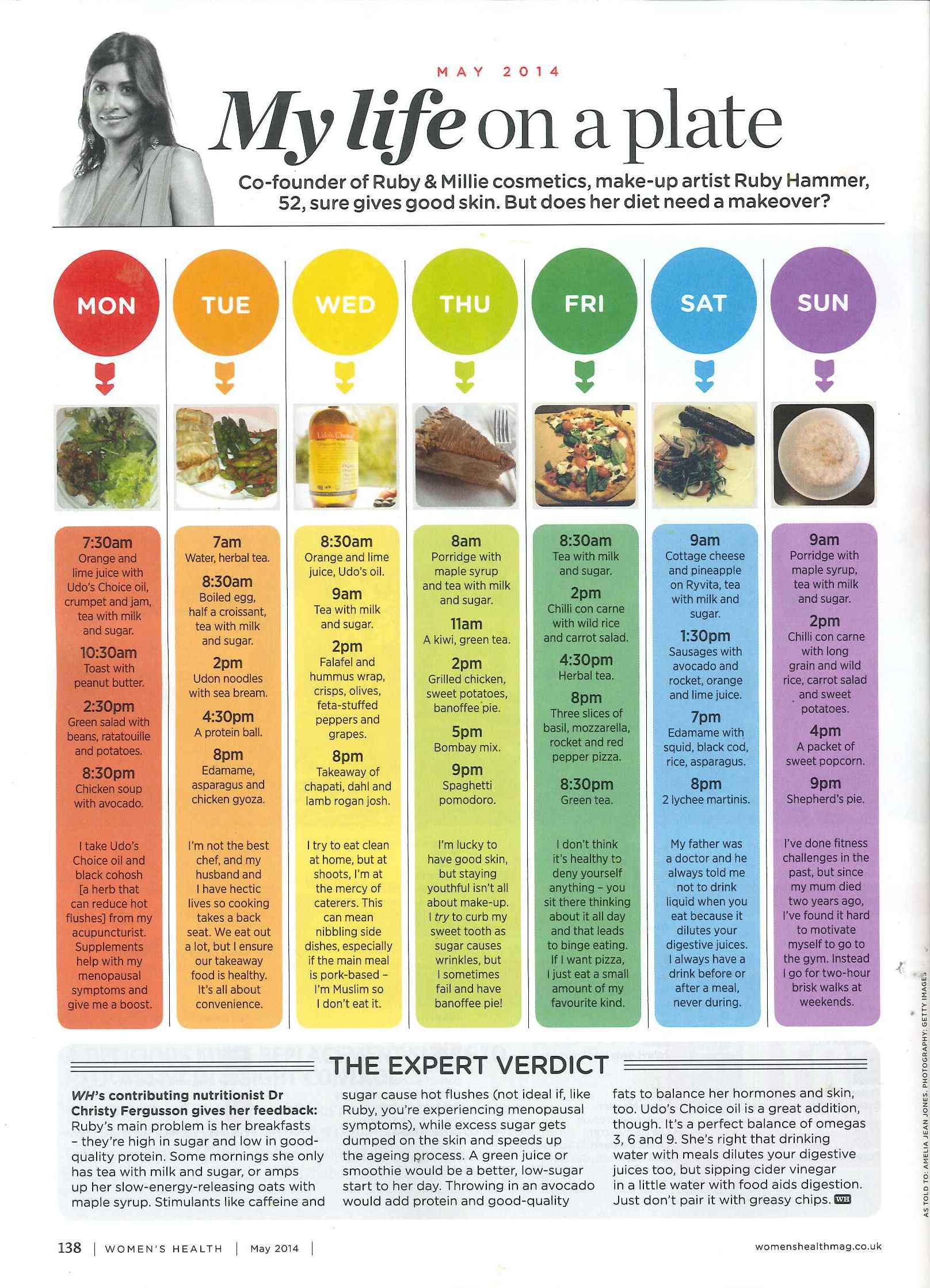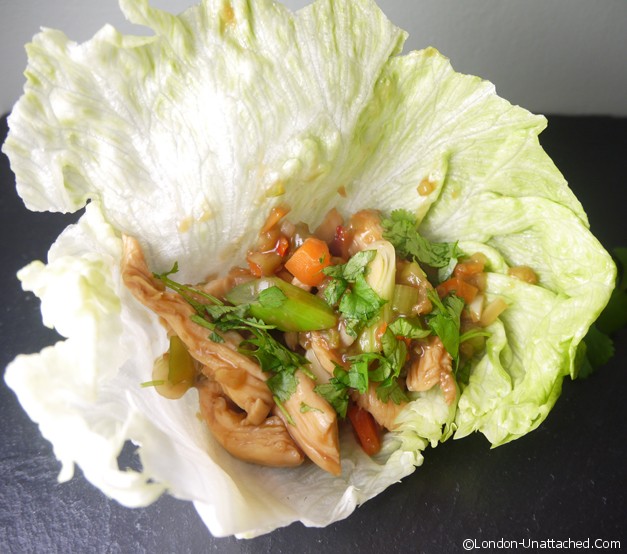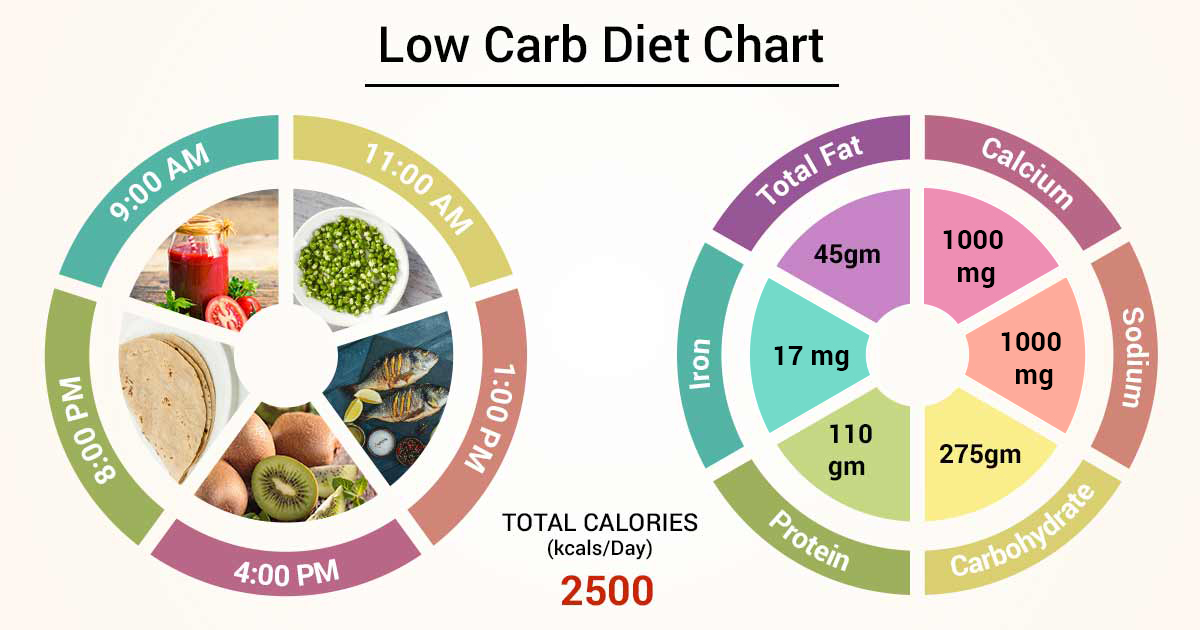
A healthy lifestyle is key to preventing stroke. Healthy eating habits can help reduce the risk of stroke, diabetes, and heart disease. Healthy eating habits are low in calories and fat, as well as high in fiber, vitamin A and B. This can help reduce your risk of developing type 2 diabetes, high cholesterol, or coronary artery disease. A variety of fruits, vegetables and other healthy foods is important to maintain good health and reduce the chance of developing heart disease or stroke.
Maintaining a healthy blood pressure is another way to prevent stroke. Your risk of getting stroke is increased if your blood pressure goes above 120/80mmHg. High blood pressure is defined as a blood pressure that exceeds 140/90mmHg. Even if there are no signs of high blood pressure, it's important to check your blood pressure regularly. You might also want to get active if your family has a history for stroke.

If you have high blood pressure, make sure you get a blood pressure check. You are at greater risk of suffering a stroke if your blood pressure rises above 120/80 mmHg. If it stays above 140/90 mmHg for a long time, it is considered high blood pressure. Many people don't realize they have high blood pressure. It's crucial to see your doctor to get a checkup to determine if you should take extra precautions.
You can lower your chances of suffering from stroke by eating a diet rich in folate, potassium, magnesium, and omega-3 fatty acids. These nutrients, which are found in fish have been shown to reduce stroke risk. You can lower your risk of suffering a stroke by avoiding high cholesterol levels and dietary saturated fat. Limiting your sugar intake can be done by reducing your intake of alcohol. You can prevent stroke by eating more fresh fruits, vegetables, and other healthy foods.
It is important to have a healthy diet in order to prevent stroke. A diet high in fruits, vegetables, and other healthy foods has been shown to lower stroke risk by 20 percent. A diet high on fiber and vitamin B can help prevent strokes. You can avoid hypertension, heart attack, and hypertension by eating a healthy diet. Balanced diets include plenty of vegetables, fruits, and lean meat. These foods will help to prevent strokes.

Moderation in alcohol consumption can lower your chances of suffering a stroke. Research shows that having one drink per day can lower your risk of suffering a stroke. But, drinking more than that can lead to a rise in your risk. Resveratrol, which protects the heart & brain, is found in red wine. A standard-sized drink is a five-ounce glass of wine, a 12-ounce beer, or a 1.5-ounce glass of hard liquor.
FAQ
How do I count calories?
You might be asking "What is the best diet?" or "is counting calories necessary?" This depends on your health and lifestyle.
The Best Diet - Which One Is Right To You?
The best diet depends on me, my health, my goals, my preferences and my overall lifestyle. There are many good and bad diets. Some diets work better than others. What should I do? How do I make a good decision?
These are the questions this article will answer. It starts with a brief introduction of the different types of diets available today. Then, the pros and cons of each type of diet are discussed. Finally, we'll discuss which one is best.
Let's start by taking a look at the various types of diets.
Diet Types
There are three main types. Low fat, high proteins, and ketogenic. Let's discuss them briefly below.
Low Fat Diets
A low-fat diet reduces the amount of fats you eat. This is done by reducing your intake of saturated oils (butter, cream cheeses, etc.). You can replace them with unsaturated oils (olive oil and avocados) People who are looking to lose weight quickly and easily will benefit from a low-fat diet. However, this kind of diet may cause problems such as constipation, heartburn, and indigestion. In addition, it may lead to vitamin deficiencies if a person doesn't get enough vitamins from their food.
High Protein Diets
High protein diets discourage carbohydrates and encourage the use of proteins. These diets typically have more protein than other diets. They are meant to help build muscle mass and burn more calories. Unfortunately, they can't provide adequate nutrition for those who eat regularly. They are not suitable for all people because they can be restrictive.
Ketogenic Diets
Ketogenic diets are also known as keto diets. They are high on fat but low in carbs and proteins. Athletes and bodybuilders use them because they allow them more time and harder training without feeling fatigued. You must adhere to all side effects, including fatigue, headaches, nausea and headaches.
What should I eat?
Take in lots of fruits and veggies. These fruits and vegetables are high in vitamins, minerals, which can help you keep your immune systems strong. Additionally, vegetables and fruits are high fiber. This helps with digestion and keeps them full. At least five servings of fruits and vegetables should be consumed each day.
Water is essential for your body. Water flushes toxins from the body and gives you a full feeling between meals. Drink about eight glasses each day.
Refined grains should be replaced with whole grains. Whole grains retain all nutrients including B vitamins, iron and zinc as well as calcium, magnesium, calcium, protein, and magnesium. Refined grains are stripped of some of their nutritional value.
Sugary drinks are best avoided. Sugary drinks have empty calories and are a major contributor to obesity. Instead, you can opt for water or milk, as well as unsweetened herbal teas.
Avoid fast food. Fast food has very little nutritional value. While it might taste good, it won't give your body the energy it needs to function properly. Use healthier options, such as soups, sandwiches, salads, and pasta.
Limit your alcohol intake. Alcohol can lead to poor nutrition and empty calories. Limit the number of alcoholic beverages you consume per week to no more that two.
Try to cut down on red meat. Red meats contain high amounts of saturated fats and cholesterol. Choose lean cuts such as beef, pork and lamb, chicken, fish, or turkey.
What are the 7 best tips to lead a healthy, happy life?
-
Eat right
-
Exercise regularly
-
Sleep well
-
Drink plenty of water.
-
Get enough sleep
-
Be happy
-
Smile often.
Is being cold bad for your immune system?
Cold can make you less immune to infection because your body makes fewer white blood cells, which are essential for fighting infections. Being cold can make you feel more comfortable because your brain releases endorphins which help reduce pain.
What is the working principle of an antibiotic?
Antibiotics kill harmful bacteria. Antibiotics can be used to treat bacterial infection. There are many types of antibiotics. Some can be taken orally while others are injected. Others are topically applied.
People who have been exposed are often given antibiotics. To prevent shingles, an oral antibiotic may be prescribed to someone who has had chicken pox. For those with strep-thorphritis, an injection of penicillin could be administered to prevent them from getting pneumonia.
When antibiotics are given to children, they should be given by a doctor. Side effects of antibiotics can be more dangerous for children than for adults.
Diarrhea being the most common side effect of antibiotics. Other possible side effects include stomach cramps, nausea, vomiting, allergic reactions, headaches, dizziness, and rashes. These side effects usually disappear once treatment has ended.
What is the healthiest lifestyle to life?
Living a healthy lifestyle is one that encourages you to eat well, exercise regularly, get enough sleep, and avoids stress. These are the keys to a healthy and long-lasting life.
You can start by making small changes in your diet and exercise routine. If you're looking to lose weight, walk for 30 minutes each morning. You can also take up dancing or swimming if you are looking to be more active. You could also join an online fitness program like Fitbit or Strava that tracks your activity levels.
Why do we need to have a healthy lifestyle?
Healthy living can lead to a longer, more fulfilling life. Good nutrition, exercise regularly, good sleep habits, stress management and healthy lifestyle can help you avoid heart disease and stroke.
A healthy lifestyle will also improve our mental health by helping us cope better with everyday stresses. Healthy living will boost self-confidence and make you look and feel younger.
Statistics
- Extra virgin olive oil may benefit heart health, as people who consume it have a lower risk for dying from heart attacks and strokes according to some evidence (57Trusted Source (healthline.com)
- The Dietary Guidelines for Americans recommend keeping added sugar intake below 10% of your daily calorie intake, while the World Health Organization recommends slashing added sugars to 5% or less of your daily calories for optimal health (59Trusted (healthline.com)
- nutrients.[17]X Research sourceWhole grains to try include: 100% whole wheat pasta and bread, brown rice, whole grain oats, farro, millet, quinoa, and barley. (wikihow.com)
- According to the 2020 Dietary Guidelines for Americans, a balanced diet high in fruits and vegetables, lean protein, low-fat dairy and whole grains is needed for optimal energy. (mayoclinichealthsystem.org)
External Links
How To
How to live a healthy lifestyle
A healthy lifestyle is one in which you are able maintain your weight and health. This lifestyle includes healthy eating habits, regular exercise, adequate sleep, and abstaining from drugs, alcohol, caffeine, tobacco and other harmful substances. Healthy living can help you feel better about yourself and keep you fit. Healthy lifestyles can also reduce the risk of chronic diseases, such as stroke, heart disease, diabetes, cancer, osteoporosis and arthritis.
The main goal of this project was to provide a step-by-step guide on how to live a healthier life. The introduction is the first part of this project. This explains why healthy living should be encouraged and who it should help. The body paragraphs are a collection of tips for living a healthy life. The conclusion summarizes the article and offers additional resources if necessary.
I was able to learn how concisely and clearly I could write my paragraphs through this assignment. Also, I learned how to organize my ideas into topic sentences and supporting details. Furthermore, I was able to improve my research skills by being able to identify specific sources and correctly cite them. I learned proper grammar to write.